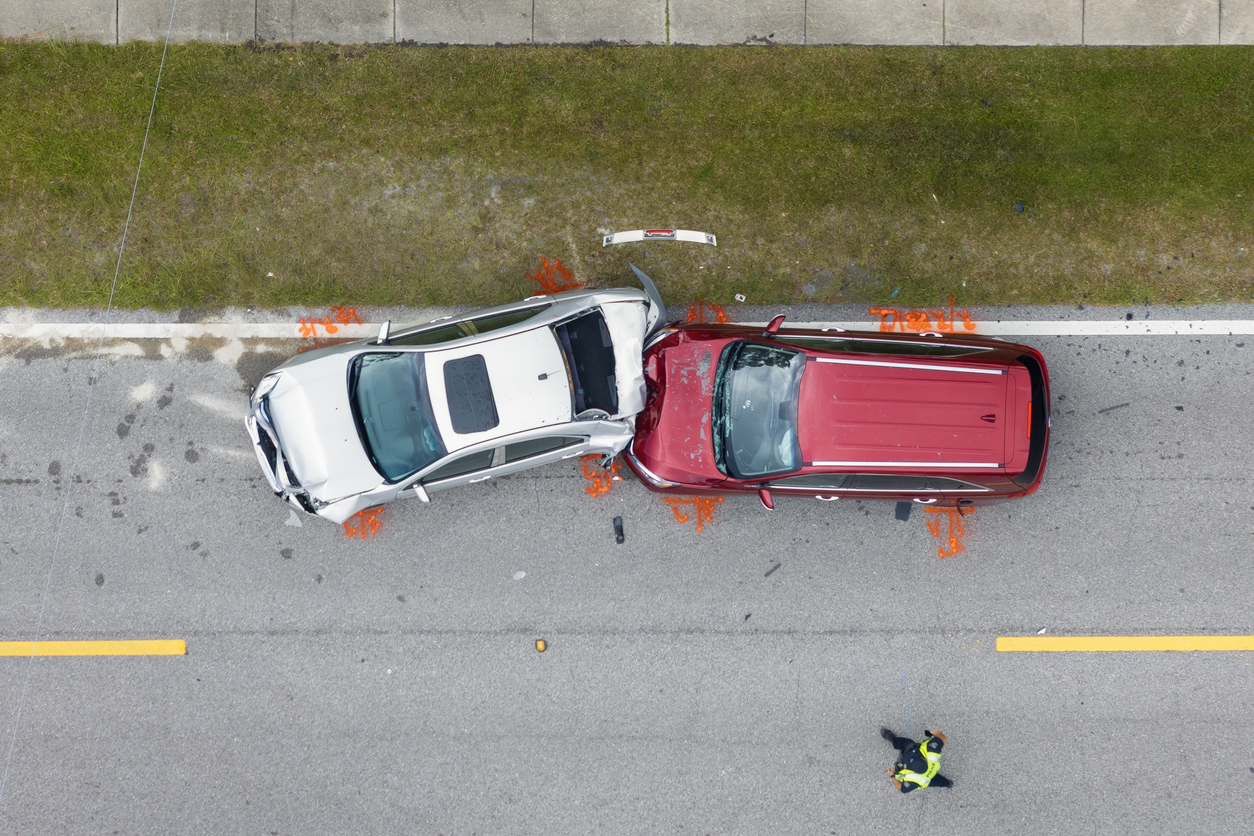Florida experiences a higher risk of fatal car accidents on Sundays compared to any other day of the week. Data from recent years shows that a significant portion of fatal injuries in traffic incidents occur on this day, making it the deadliest day to drive in the state.
The danger increases during specific times of the day, particularly at night, when reduced visibility and other factors contribute to higher accident rates. Sunday and nighttime hours combine to create the most hazardous driving conditions in Florida, according to traffic safety data. Understanding these patterns is crucial for anyone looking to stay safe on Florida’s roads.
Understanding the Deadliest Times for Car Accidents in Florida
Car accidents in Florida often occur during specific times influenced by traffic volume, visibility, and driver behavior. The timing of these crashes differs between day and night, weekdays versus weekends, and shifts throughout the year due to seasonal factors.
Statewide Accident Trends by Time of Day
Fatal car accidents in Florida are most likely to happen during late night and early morning hours, especially around 2 a.m.
This period sees reduced visibility and increased impairment risks from fatigue or alcohol. Although rush hour brings more accidents overall, these tend to result in fewer fatalities compared to late-night crashes.
The combination of fewer vehicles and higher risk behaviors at night contributes to the deadliest time window. Drivers should exercise extra caution during these hours.
Differences Between Weekdays and Weekends
Sundays are the single most dangerous day for fatal car accidents in Florida, with over 2,000 deaths recorded in a five-year span.
Weekends generally show higher fatality rates than weekdays. This trend reflects increased recreational driving, late-night travel, and impaired driving related to social activities.
Conversely, weekdays tend to have more accidents related to commuting but fewer fatal outcomes. The risk shifts due to differences in traffic patterns and driver mindset on weekends.
Seasonal and Weather-Related Patterns
Florida experiences a notable rise in fatal car crashes during the summer months from Memorial Day through Labor Day, known as the “100 Deadliest Days.”
Teen drivers are particularly at risk during this period, with a sharp increase in fatal collisions. Hot weather, increased travel, and distractions contribute to this spike.
Rainfall and wet conditions further increase accident severity, especially during Florida’s rainy season. Drivers must adapt to changing road conditions to reduce risk.
High-Risk Factors Influencing Deadliest Accident Times
Several factors increase the likelihood of fatal car accidents during the deadliest hours in Florida. These include driver behavior, road conditions during specific times, and differences between urban and rural environments. Understanding these elements clarifies why accidents are more common at night and in certain locations.
Impaired and Distracted Driving
Impaired driving plays a critical role in the spike of fatal accidents during late-night hours. Many drivers are under the influence of alcohol or drugs, impairing reaction times and judgment. Fatigue is another significant factor as drivers are often less alert between midnight and 5 a.m.
Distracted driving also contributes heavily to these crashes. Activities like texting, using phones, or other in-car distractions reduce drivers’ focus, especially when visibility is low. Speeding compounds the risk by giving drivers less time to respond to hazards.
Nighttime Versus Daytime Driving Hazards
The risk of fatal accidents rises sharply during nighttime due to several hazards. Reduced visibility limits the driver’s ability to detect road signs, other vehicles, and pedestrians. Additionally, glare from headlights and streetlights can impair vision.
Fatigue-related crashes increase at night as drivers struggle to stay alert. Between 12 a.m. and 5 a.m., impaired drivers are more common, which, combined with poor lighting, creates dangerous driving conditions. Daytime risks tend to be linked more with congestion and distractions.
Urban Versus Rural Collision Statistics
Fatal accidents often differ in nature and frequency between urban and rural areas. Florida’s rural roads have a higher fatality rate due to factors like higher speeds and longer emergency response times. These roads often lack adequate lighting or barriers, increasing the severity of crashes.
In urban settings, accidents are more frequent but often less deadly due to lower speeds. However, distractions, heavy traffic, and a higher presence of pedestrians contribute to the overall risk. The combination of these factors shapes accident patterns across the state.
Protecting Yourself on Florida Roads During Peak Danger Periods
Driving in Florida during high-risk times requires specific precautions to reduce the chance of accidents. Understanding safe driving practices and recognizing hazardous locations can improve safety on roads known for serious crashes.
Safe Driving Strategies
Drivers should avoid distractions such as mobile devices, especially during the late-night and early-morning hours when fatal accidents are more common. Maintaining safe speeds is critical; high-speed zones contribute significantly to crash severity.
Following these guidelines can help:
- Use seat belts at all times.
- Increase following distance in heavy traffic.
- Avoid driving under the influence of alcohol or drugs.
- Be extra cautious during the “100 Deadliest Days” between Memorial Day and Labor Day, when teen driver crashes spike.
Those injured during crashes may need services like Doral Car Accident Lawyers can assist as legal help for Doral car accident victims in understanding their rights and seeking compensation.
Awareness of Local Accident Hotspots
Certain Florida roads, particularly busy highways in summer, consistently report higher accident rates. Drivers should be cautious on these routes due to multiple access points and heavy seasonal traffic.
Key tips for navigating hotspots include:
- Staying alert to sudden stops or lane changes.
- Planning travel times to avoid rush hours or late-night risk periods.
- Using GPS or local traffic apps to monitor road conditions.
Knowing where crashes are most frequent helps drivers avoid dangerous situations. Legal support is especially important if an accident occurs in these high-risk zones, as firms specializing in Doral car accidents provide targeted expertise.
High-risk factors like nighttime driving, weekend evenings, and poor weather increase deadly accidents in Florida. Stay alert during these peak danger times by reducing speed, avoiding distractions, and never driving under the influence to protect yourself on Florida roads.













